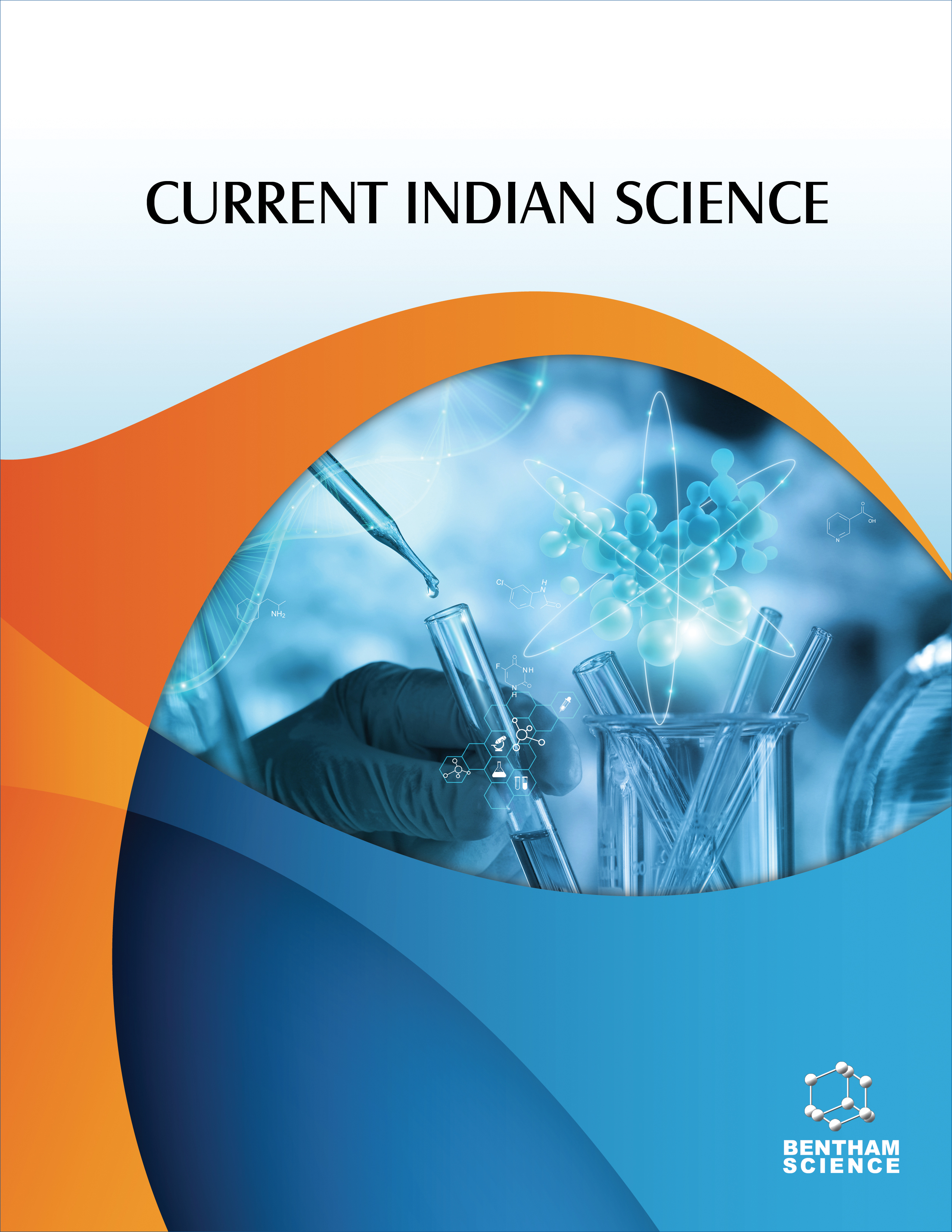-
oa HIV-TB Coinfection: A Systemic Review and Meta-analysis Insights
- Source: Current Indian Science, Volume 2, Issue 1, Jan 2024, e2210299X324303
-
- 04 Jun 2024
- 10 Sep 2024
- 03 Dec 2024
Abstract
HIV and Tuberculosis (TB) are the leading global causes of death among patients with infectious diseases. They contribute significantly to morbidity around the world because of their impact on shared immune defense mechanisms. Tuberculosis is an infection that exploits the vulnerability of compromised immune systems. Opportunistic infections are illnesses that are more frequent or severe in individuals with compromised immune systems. HIV weakens the immune system, making people more susceptible to tuberculosis. When someone is infected with both HIV and tuberculosis, this is known as HIV/TB coinfection. HIV and tuberculosis represent the primary infectious disease challenges in countries with limited resources. In affected individuals, the interaction between Mycobacterium tuberculosis and HIV exacerbates the effects of each other, hastening the decline of immune function and leading to premature mortality if left untreated. Individuals with HIV are more likely than those without HIV to develop active tuberculosis as a result of untreated latent tuberculosis. Antiretroviral therapy (ART) is the use of HIV medications to protect the immune system and prevent the progression of HIV to acquired immunodeficiency syndrome (AIDS). In people with HIV and latent tuberculosis, combined treatment with HIV and TB medications reduces the likelihood of latent tuberculosis progressing to active tuberculosis. The purpose of this research is to understand better the pathogenesis and pathways of HIV/TB co-infection, as well as to investigate drug-drug interactions in multi-drug therapies.



